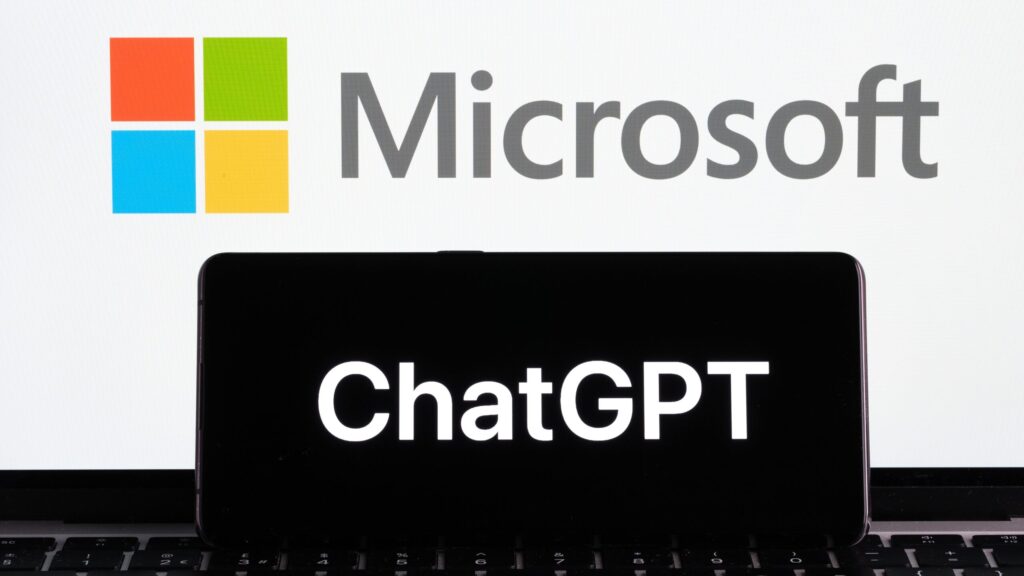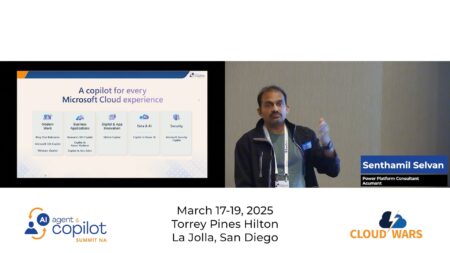
On the same day that OpenAI released GPT-5, Microsoft made the latest release of its partner’s flagship available in Microsoft 365 Copilot, Copilot Studio, and GitHub Copilot, giving customers access to the latest, most powerful LLM across these widely used AI tools.
Key advances with GPT-5 include flexibility to select the optimal AI model for a given query, faster responses, deeper context, and more advanced reasoning.
“This is another great example of how our partnership with OpenAI helps our customers tap into the latest AI innovations, all tuned for work in a secure, compliant way,” said Jared Spataro, Microsoft’s Chief Marketing Officer, AI at Work, in a LinkedIn post detailing the new functionality and customer benefits.
Model Selection, Orchestration
GPT-5 enables an AI agent to utilize human instructions and prompts as a guide to choose the ideal AI model to complete each task or response; it leverages GPT 5’s real-time router, which OpenAI describes as follows:
“The router is continuously trained on real signals, including when users switch models, preference rates for responses, and measured correctness, improving over time. Once usage limits are reached, a mini version of each model handles remaining queries.”
In practice, developers or users building agents will see a new option to pick their agent’s model in the settings page. If they select GPT-5 Auto, it will choose the right model using this approach:
- For routine prompts and instructions, GPT 5’s high-throughput model for chat is selected, prioritizing speed and straightforward responses to instructions
- For complex prompts and potentially open-ended steps required by agents, GPT-5’s deep reasoning model will be utilized. This model will craft a plan, gather relevant context, and check its work before delivering a response to a request. Alternatively, users can select GPT-5 Reasoning to ensure the agent primarily uses the deep reasoning model for complex scenarios.
Customers with Microsoft 365 Copilot can now leverage GPT-5 to reason over emails, documents and files – allowing enterprise users to apply OpenAI’s most advanced model for high productivity. The new Smart mode utilizes GPT-5 to help anyone discover the best possible solutions to their queries.
Custom Prompts
GPT-5 delivers new functionality in custom prompts — part of Copilot Studio’s agent-building toolbox — which let users apply AI models with specific instructions to complete subtasks, such as creating a document in a specific format or extracting an invoice number from a set of invoices.
Those creating custom prompts for agents will have GPT-5’s high throughput model and deep reasoning models available as options. Custom prompts using the high throughput model will provide natural, context-aware response with faster response times. Using GPT-5’s deep reasoning model, prompts will complete complex tasks such as planning and analysis with greater accuracy than was possible before.
With GPT-5 available in Copilot Studio, customers benefit from Microsoft optimizations including agent-specific fine tuning, GPU infrastructure management, and simple ways to upgrade existing agents to new models. They also have the flexibility to tap into fine-tuned models hosted in the Azure AI Foundry Models.
GPT-5 in Copilot Studio has been released as an “experimental” AI system for use in agents built in early release cycle environments, enabling users to test its functions in new and existing agents. Microsoft said it anticipates moving GPT-5 in Copilot Studio to all environments later this month.
GitHub Copilot Rollout
Developers across Microsoft platforms will have access to GPT-5 as well. For example, those using GitHub Copilot and Visual Studio Code can write, test and deploy code using GPT-5 for coding and agentic tasks. Developers now have access to the latest GPT-5 models in Azure AI Foundry, with the security, compliance, and privacy protections of Azure.
With the Azure AI Foundry extension, developers in VS Code can also use GPT-5 to develop agents — without leaving the code editor.
Microsoft is also capitalizing on GPT-5 for security controls: The Microsoft AI Red Team, which probes AI systems before they are released, tested the GPT-5 reasoning model using its security protocols. When compared to prior OpenAI models, the reasoning model exhibited strong AI safety controls against modes of attack including malware generation and fraud/scam automation.
More details on GPT-5
According to OpenAI’s announcement, the latest model features:
- Reduced hallucinations and improved instruction following
- Significant improvements in writing, including handling of writing with structural ambiguity while ensuring expressive clarity
- Major upgrades in coding, including complex front-end generation, debugging of larger repositories, and creation of sophisticated websites, apps, and games with strong aesthetic sensibility
With these latest advances, OpenAI and Microsoft continue to raise the bar to help customers drive higher performance spanning business and personal productivity, software development, and IT security. Microsoft CEO Satya Nadella made clear in a LinkedIn post the company aims to keep driving forward: “The pace of progress is only accelerating, and I can’t wait to see what developers, enterprises, and consumers will do with this latest breakthrough.”

AI Agent & Copilot Summit is an AI-first event to define opportunities, impact, and outcomes with Microsoft Copilot and agents. Building on its 2025 success, the 2026 event takes place March 17-19 in San Diego. Get more details.






